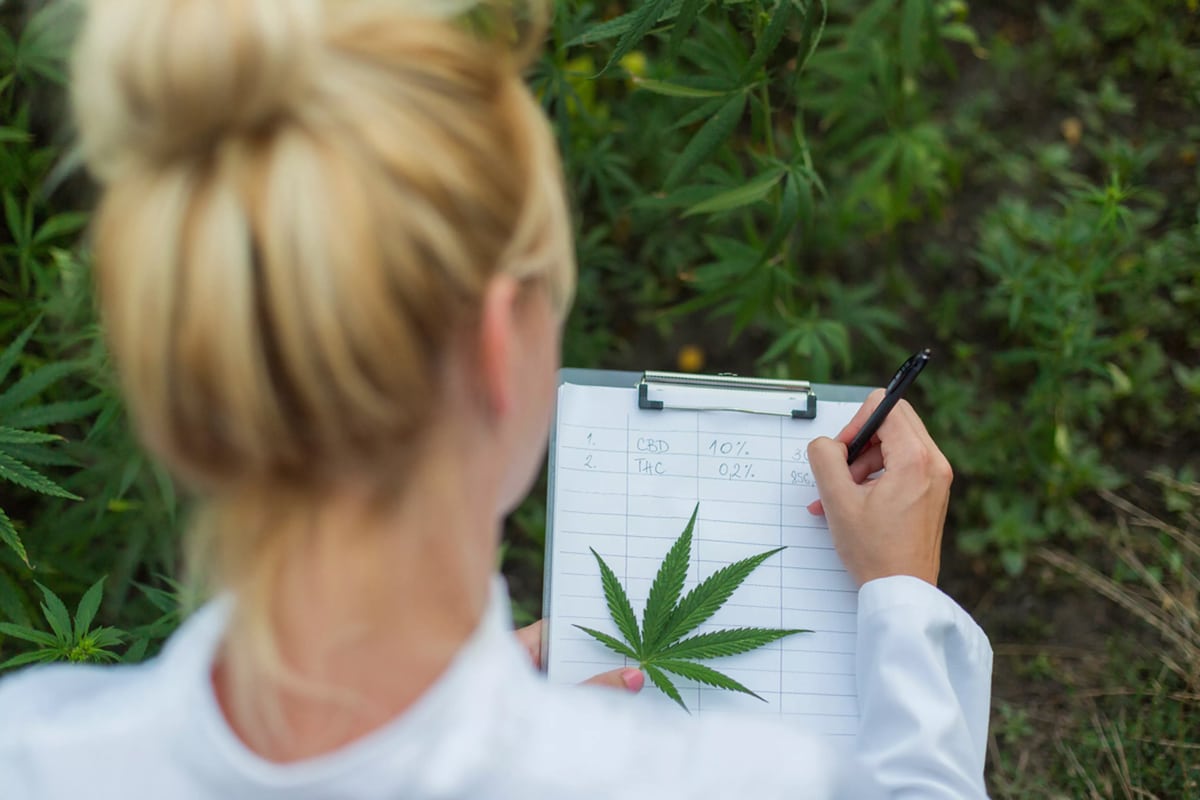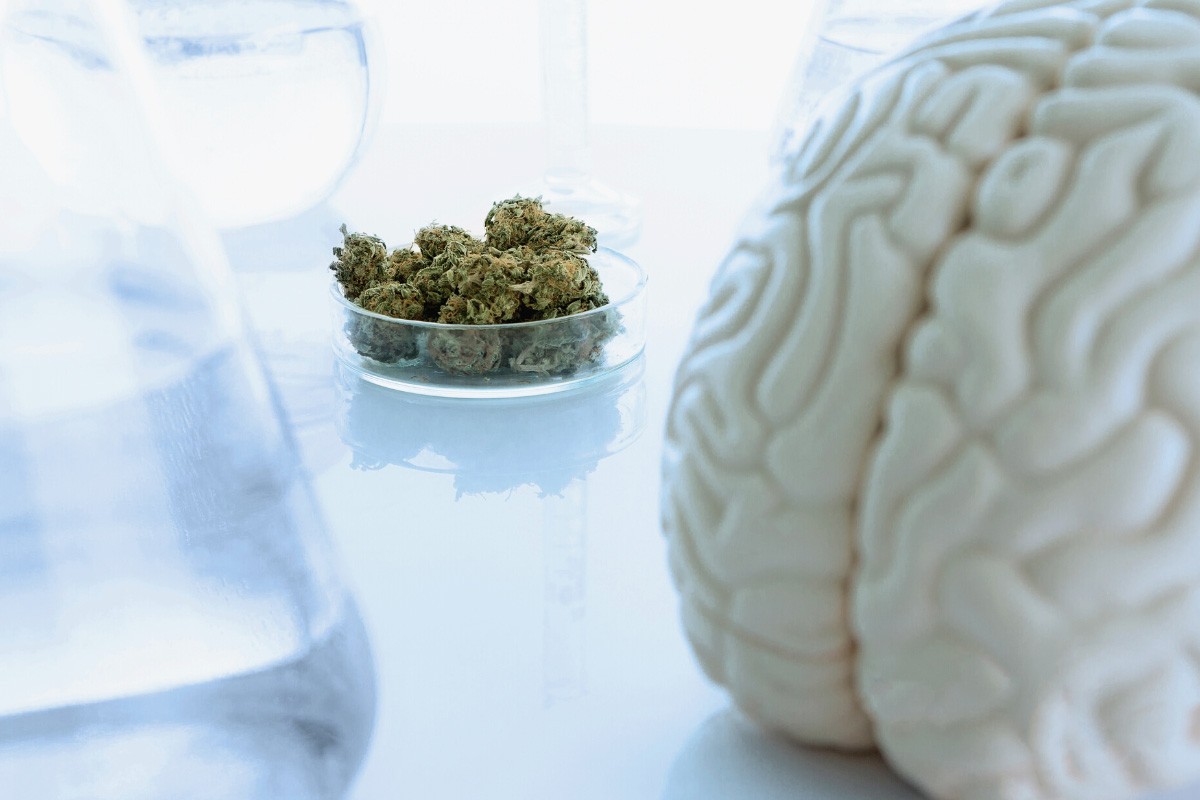The scientific name of the hemp plant (cannabis) is Cannabis sativa L.. Two subspecies can be distinguished, which are used for various medical or private purposes: They are called Cannabis sativa (short: Sativa) and Cannabis sativa indica (short: Indica). In addition, every year there are many new varieties bred from different combinations of varieties of the parent plants and are called hybrids. The individual varieties differ from each other in many ways.
Things to know about Sativa
The hemp variety Cannabis Sativa (“Common Hemp”) was first classified in 1753 by Swedish naturalist Carl von Linné.
Cannabis Sativa plants are up to 3.60 meters tall and thin and have finger-like leaves. They are most common in hot, dry climates such as Africa, Central America, and Southeast Asia and take slightly longer to mature than other cannabis strains, despite long exposure to sunlight.
Most sativa strains have lower CBD content and higher levels of THC. They produce a high and have an energizing effect that softens unpleasant feelings and anxiety. In addition, sativas are used to treat chronic pain, migraines, depression, loss of appetite, nausea, and nausea. Many users tend to feel more productive and creative after taking it, so daytime use is recommended.
Popular sativa strains include Acapulco Gold, Durban Poison, and Panama Red.
Things to know about Indica
In 1785, the French biologist Jean Baptiste de Lamarck found a new cannabis variety in India that was quite different from the previously known “common hemp”. Therefore, the botanist named this plant Cannabis Indica (“Indian hemp”).
Cannabis Indica plants originate from harsh, dry climates and are native to Afghanistan, Pakistan and Turkey in addition to India. The rather short plants with broad leaves grow comparatively fast and are very robust, which is why they can also be grown indoors.
They have a higher CBD content than THC content, although the latter is not necessarily low. The effect of indica cannabis is mainly relaxing, at the same time these strains reduce pain and nausea and increase appetite. They are used against chronic pain, sleep disorders and inflammatory diseases, but also to relieve the symptoms of Parkinson’s disease or multiple sclerosis. Because of their relaxing effect, these varieties should rather be consumed in the evening.
Popular indica varieties are Afghan Kush, Granddaddy Purple and Hindu Kush.
Things to know about hybrids
Hybrids are breeds that are created from combinations of sativa and indica varieties. Depending on which parent plants are used, they look very different.
The ratio of CBD to THC content can also vary greatly. Cannabis breeders try to realize a certain effect profile with the respective breeding, for which a certain CBD and THC content is required. Typical applications of hybrids are chronic pain, eating and sleeping disorders, chronic inflammatory diseases, epilepsy, multiple sclerosis, anxiety disorders and depression.
The efficacy profile then also determines whether daytime or evening consumption is preferable. Due to the diversity of hybrids, it is difficult to keep track of them all. Very roughly, hybrids can be divided into sativa-dominant forms (“sativa-dom”), indica-dominant forms (“indica-dom”) and balanced forms.
Popular hybrids are called Blue Dream, Pineapple Express and Trainwreck.
Chemovars instead of strains
The rule of thumb is that sativa plants have an invigorating, energizing effect that helps relieve anxiety or stress and is accompanied by a feeling of euphoria. In contrast, indica plants are more associated with a relaxing effect that can alleviate sleep problems, among other things. But on closer inspection, it’s not that simple, as individual plants can produce different effects even if they belong to the same cannabis species. Rather, it depends on the cultivation technique and the chemical composition of the plant.
That is why there is now a tendency to no longer divide cannabis plants into sativa, indica or hybrids, but to emphasize the chemical composition of each plant and therefore speak of chemovar instead of variety. Thus, there are chemovars with a high THC content (type 1), chemovars with a combination of THC and CBD (type 2), and chemovars with a high CBD content (type 3).
With the help of this classification, users get first important information about the cannabinoid profile of the individual plants at first glance, which is important for the individual selection.
Cannabinoids and other ingredients
Each cannabis plant has a specific active ingredient profile, characterized by varying levels of each cannabinoid. The main cannabinoids and their assumed effects are:
- THC: as the main psychoactive compound, THC produces a high, stimulates productivity and creativity, and relieves pain.
- CBD: has a relaxing effect and is believed to relieve pain, migraines and nausea.
- THCA: has no psychoactive effect, but is said to have anti-inflammatory effects and relieve neurological symptoms (e.g., in ALS and Parkinson’s disease).
- CBN: is said to reduce uncontrolled muscle movements, seizures and epilepsy.
- CBG: is said to have a positive effect on mental disorders (anxiety, obsessive-compulsive disorder, depression, post-traumatic stress disorder).
In addition to cannabinoids, cannabis contains other constituents that may also contribute to the plants’ effects profile. These include terpenes, which are primarily responsible for the plant’s smell, but can also support certain effects. Known terpenes are:
- Limonene: lemony; said to have a stress-reducing effect and induce a euphoric feeling.
- Pinene: piney; said to relieve pain and enhance concentration and memory.
- Myrcene: earthy; said to have a calming effect and reduce anxiety.
- Caryphyllene: peppery, spicy; said to have an anti-inflammatory effect and help with anxiety and depression.
- Linalool: floral; said to have a calming effect, elevate mood and reduce anxiety.
- Eucalyptol: fresh; said to be invigorating, antibacterial, and anti-inflammatory.








